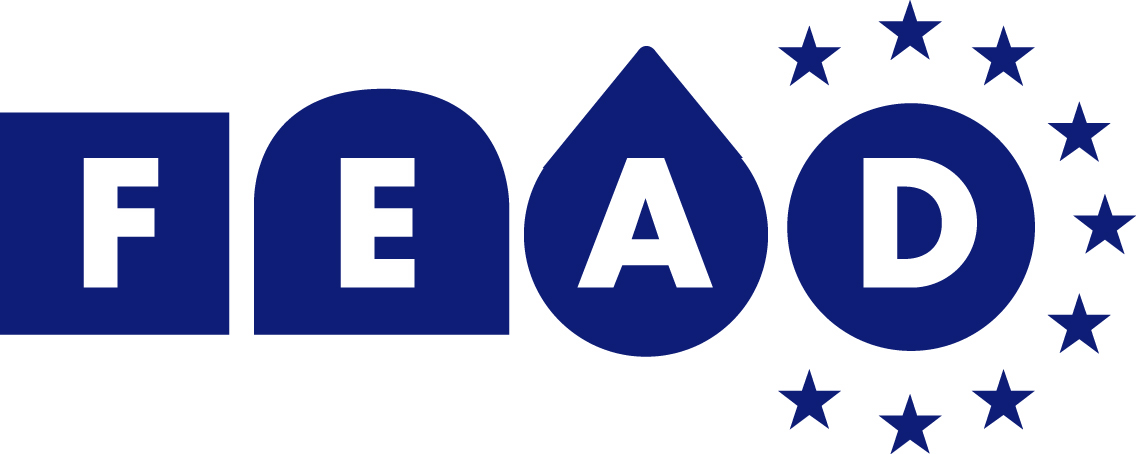The Circular Economy proposals contain targets focussed on municipal waste, rather than the much larger quantities of commercial and industrial waste. Currently data on C&I waste is of poor quality, and as a first step, the European Commission (EC) should require Member States to put in place better data gathering on C&I waste. Based on this knowledge, the feasibility of setting a recycling target for C&I waste in the future should be examined.
The impact assessment prepared by the EC suggests that higher recycling rates are achieved already today for C&I waste, with household waste lagging behind. The success of B2B practice is due to a number of factors, such as efficient separate collection and sorting systems, higher volumes of C&I waste, and more homogenous waste streams from fewer waste producers.
From the very beginning of the discussions on the Circular Economy proposals, FEAD has stressed that the scope of the term “municipal waste” should not be broadened to include C&I waste not similar in nature, composition and quantity to household waste. All three criteria proposed by the EC are vital to defining “similar to” household waste and to ensure consistent reporting to EUROSTAT.
Without a clear distinction between municipal and C&I waste, the EU recycling target on municipal waste risks being watered down by unduly including larger volumes of C&I waste. FEAD believes strongly that the collection of C&I waste should not be financed by public funds, and that mixing household waste management services and commercial activities by municipalities risks giving rise to illegal state aid and cross-subsidisation. Many Member States do not have sufficient controls in place to prevent this from happening.
Nadine De Greef, FEAD Secretary General said: “After gathering robust data, the possibility of setting a recycling target for C&I waste should be considered by the Commission on the basis of an impact assessment. This could also assess the feasibility of and the need for a landfill reduction target for C&I waste.”










